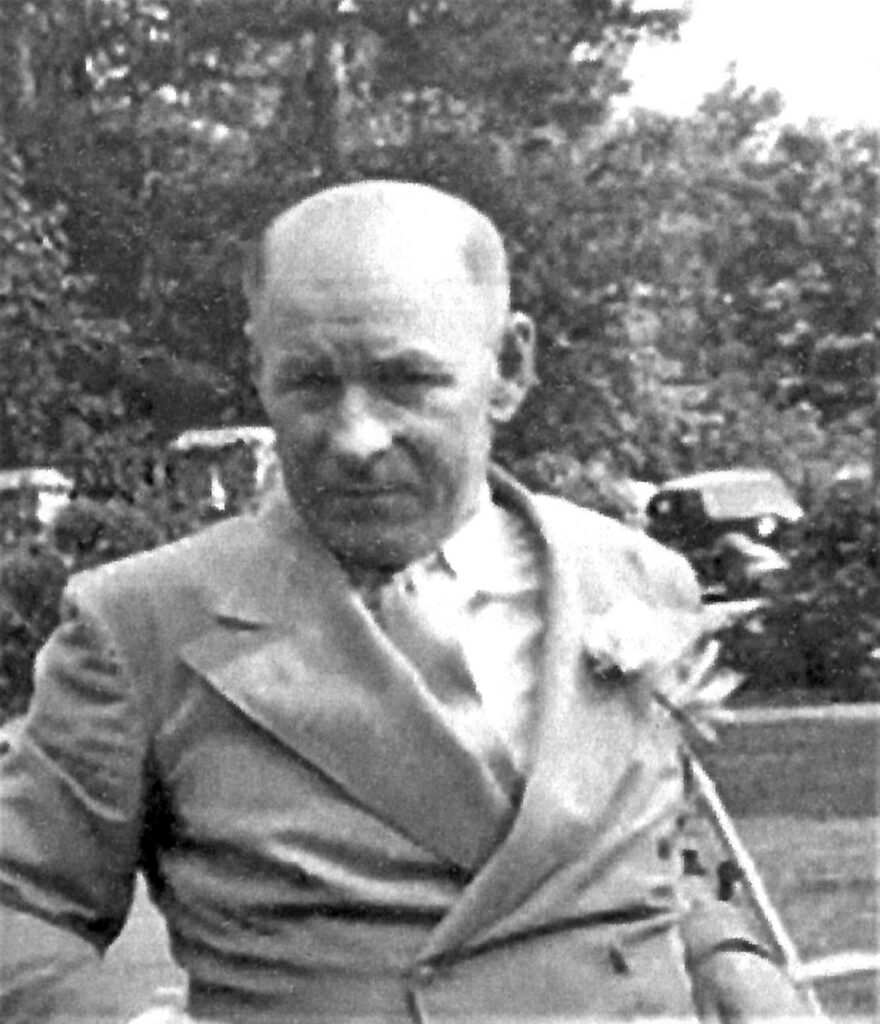Fromm Self-Guided Tours
FROMM FAMILY
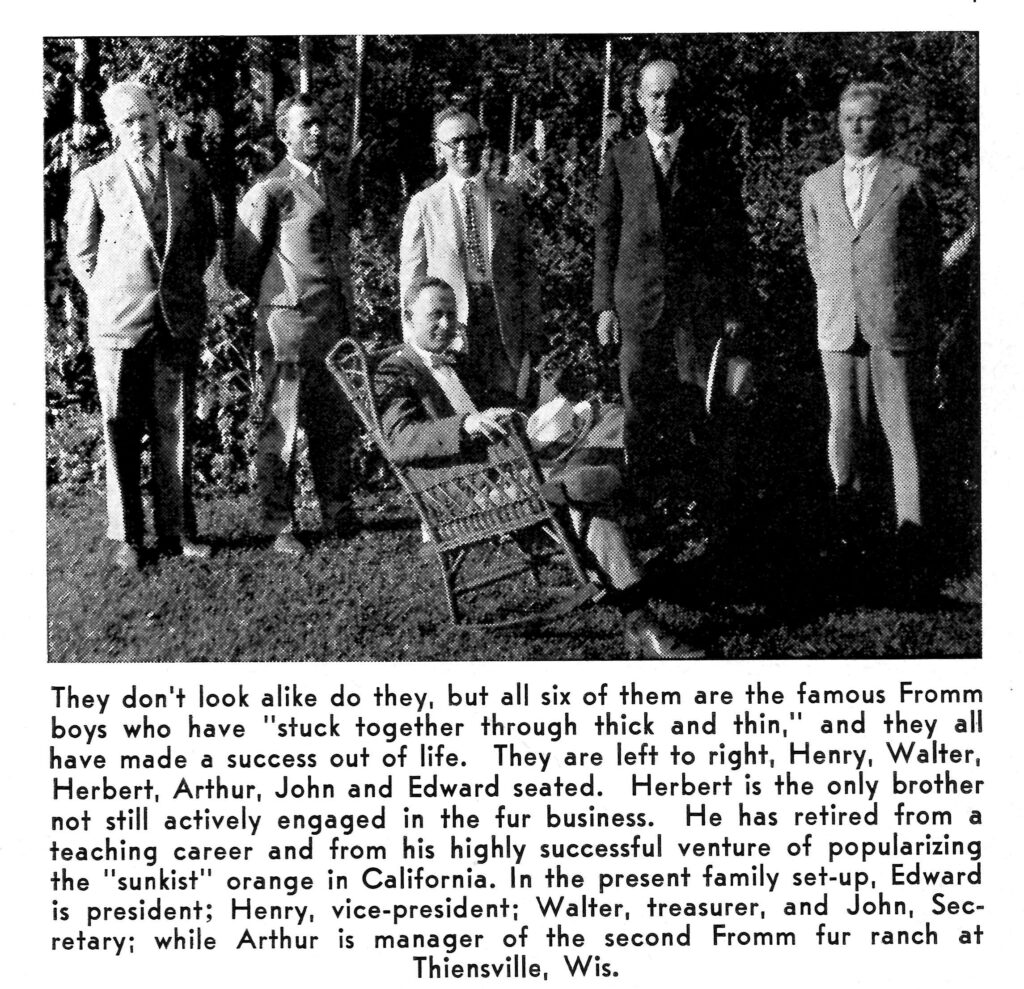
Walter Fromm (b. May 4, 1888, d. 1975)
Walter and his three younger brothers loved to spend time roaming the woods. They trapped skunks, weasels, raccoon, mink and red fox. They used the monies earned from selling their pelts to purchase guns, traps, ammunition, camping gear and bicycles.
Walter always monitored the fur market reports in Hunter Trapper Trader magazine. The dream of being Silver Fox farmers began to take shape, and Walter embraced Henry’s idea of catching the young red fox pups in the woods, raising them to maturity and then selling their pelts in the early winter.
Walter followed his father’s wishes and became a teacher. He taught school for one year before quitting and returning to the farm. The demands of the ginseng and fox enterprises were too great and his brothers needed his help. Walter became the manager of the ginseng operation. He studied the ginseng seeds, discovering the lengthy time period for germination. He developed a process of stored germination before the actual planting of the ginseng seeds.
Walter solved the problem of gathering humus from the woods, discovering that straw could successfully be used to mulch the plants without any adverse effects. The use of straw mulch by ginseng growers is still used today. Preparation of new ginseng beds was done by gathering loam. As the operation grew this process became unmanageable. Walter solved this problem by planting a crop of oats and instead of harvesting the oats he plowed them under.
Because ginseng had never before been grown on a large scale, no mechanical equipment existed to facilitate various processes. Walter invented a horse drawn spraying system with a hose that unrolled from a reel in order to fight the battle against ginseng blight. Washing the ginseng in the fall had become a dreaded task, so Walter created a belt driven ginseng washing machine to remove the dirt from the roots after harvest. Seeding by hand became tedious and time consuming, so Walter invented a thirteen row ginseng seed planter which ideally fit the size of the ginseng beds. A converted double potato digger was re-configured to a ginseng digger by adding a center plow and a vibrating apron. The ginseng growers of today still utilize this type of harvester.
Walter and his wife Mabel built a brick house in the Period Revival style adjacent to County Road F (current day County Road L), the southern boundary of the property. In 1963, when the breakup of the Company occurred, Walter remained with Edward on the Hamburg property and continued to manage the ginseng crop. In 1966, Walter planted a record thirty acres of ginseng. In 1972, Walter and Edward began to provide funding for pharmacological research targeting two compounds found in ginseng for cancer treatment. Walter died in 1975 and his last crop of ginseng was harvested in 1988. Walter and Mabel Fromm established a college scholarship for children who grew up in the Hamburg, Wisconsin area.
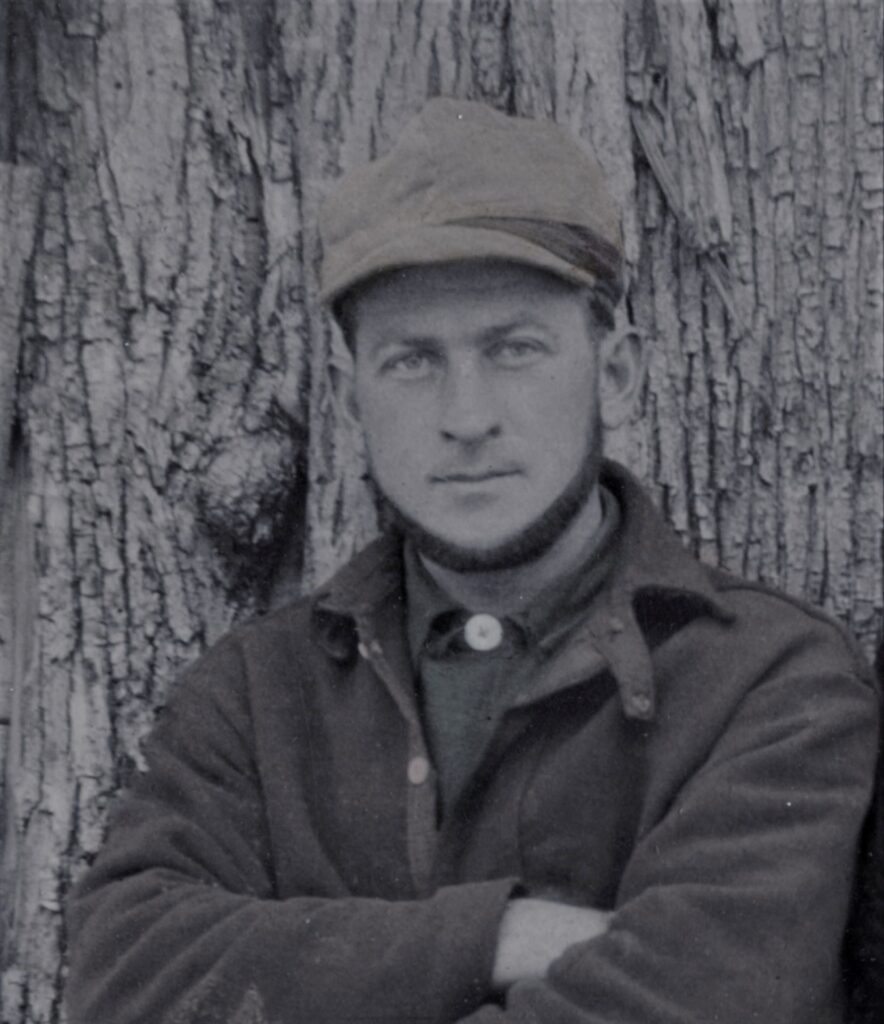
Edward Fromm (b. March 6, 1890 – d. June 19, 1986)
Edward’s role in the Company was the administrative head of the firm. The Company was formed in 1901 as a partnership between himself and his brothers Henry, John and Walter. Edward managed both the ginseng and fur business practices of the farm. Although the brothers always sought each other’s opinion over new ideas or changes in practices, Edward truly shaped the retail aspect of their fur venture. For over 40 years he would create advertising campaigns which promoted Fromm fur. He molded public fur opinions on color and how fur was used, either as an entire garment or just for trim on a cloth garment. Edward was instrumental in instituting new fur manufacturing techniques.
Edward had tremendous forethought and patience. When the ginseng markets shut down because of unrest in China in the early 1930’s, Edward traveled to China and studied Chinese interest in ginseng. He discovered that there would always be a market for American ginseng in China. He convinced the brothers to store their ginseng from 1931 to 1946. The warehouse was filled with each year’s crop of dried ginseng. After the end of World War II, when the Chinese markets finally reopened, the Fromm’s sold their stored ginseng for over $1 million.
One of Edward’s most productive ideas was to combine all of the young foxes, after they were separated from their parents, on wooded ranges. This process produced the finest fox pelts that the brothers had ever seen.
Two years into the Depression the general public could no longer afford Fromm fur so Edward traveled to Paris. Fox had always been used in a two-pelt scarf which could retail for hundreds of dollars. Edward convinced the Paris designers to split the fox pelts and use the fur as trim detailing on simple garments. After the Depression, Edward pioneered the assembly of multiple pelt garments. The five pelt fox jacket became a fashionable necessity.
Edward always liked to be in control of the destiny of the firm. He introduced auctions which were held at the farm in Hamburg thereby making the fur buyers of New York come to Hamburg. In order to shape fashion, The Company opened a fur garment factory in New York making their own designs and marketing them from their showroom. In 1933, Edward launched the Fromm Lighter Brighter Silver Fox furs at the 1933-1934 Century of Progress Chicago World’s Fair. The public loved the exhibit and the new “Bright with Silver” color of fox fur skyrocketed.
Edward always dreamed of producing fur garments near, or at, the farm. In 1945, The Company opened a fur garment factory in Merrill, Wisconsin much to the dismay of the New York unions. Edward refused to concede to the union’s position that the Merrill factory be closed. Both factories continued to produce fur products until 1949 when the price of fur drastically dropped.
After reading his articles on distemper in American Fox & Fur Farming magazine, Edward engaged Dr. Robert G. Green of the University of Minnesota to find a cure for Encephalitis and Distemper in foxes. These discoveries, funded by the Fromm Brothers, would lead to worldwide use of the distemper vaccine in dogs.
After the Fromm empire broke apart in 1963, Edward and wife Alice remained in their house on the Fromm farm and Edward continued to raise foxes until his death in 1986.
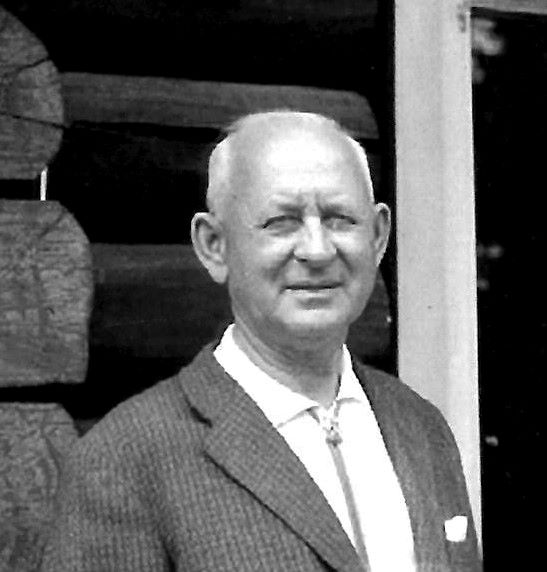
John Fromm (b. April 12, 1892, d. November 24, 1970)
John never married and lived in his apartment on the 2nd floor of the Warehouse. He was shy and remote, but as a boy he was an exceptional trapper earning twice as much off his trapping skills as his two older brothers.
John was not required by his father to go to school and become a teacher. As Frederick got older he recognized that his two strongest sons, John and Henry, would be an asset to him on the farm. Both John and Henry only received a 7th grade education.
John’s role in The Company was shared with his brother Henry. They were responsible for the management of the fur producing animals. This responsibility included diet, disease prevention, housing and mating. John had an eye for color and contrast and he was responsible for putting together all the yearly fox mating. John also had sensitivity for the foxes to feel relaxed, happy and comfortable. He understood the fox parents should not be separated after mating but allowed to remain together and share in the parenting process. He also knew from his hours spent in the woods that the fox mothers often moved their pups when they felt threatened. John provided two houses per pen so that each fox mother could move from house to house whenever they so desired.
In 1933, John introduced mink to the farm much to the dismay of the brothers. However, the brothers soon realized the desirability of the mink fur and became excited with the new venture. By 1945, the Fromm Brothers became the largest mink producers in the world.
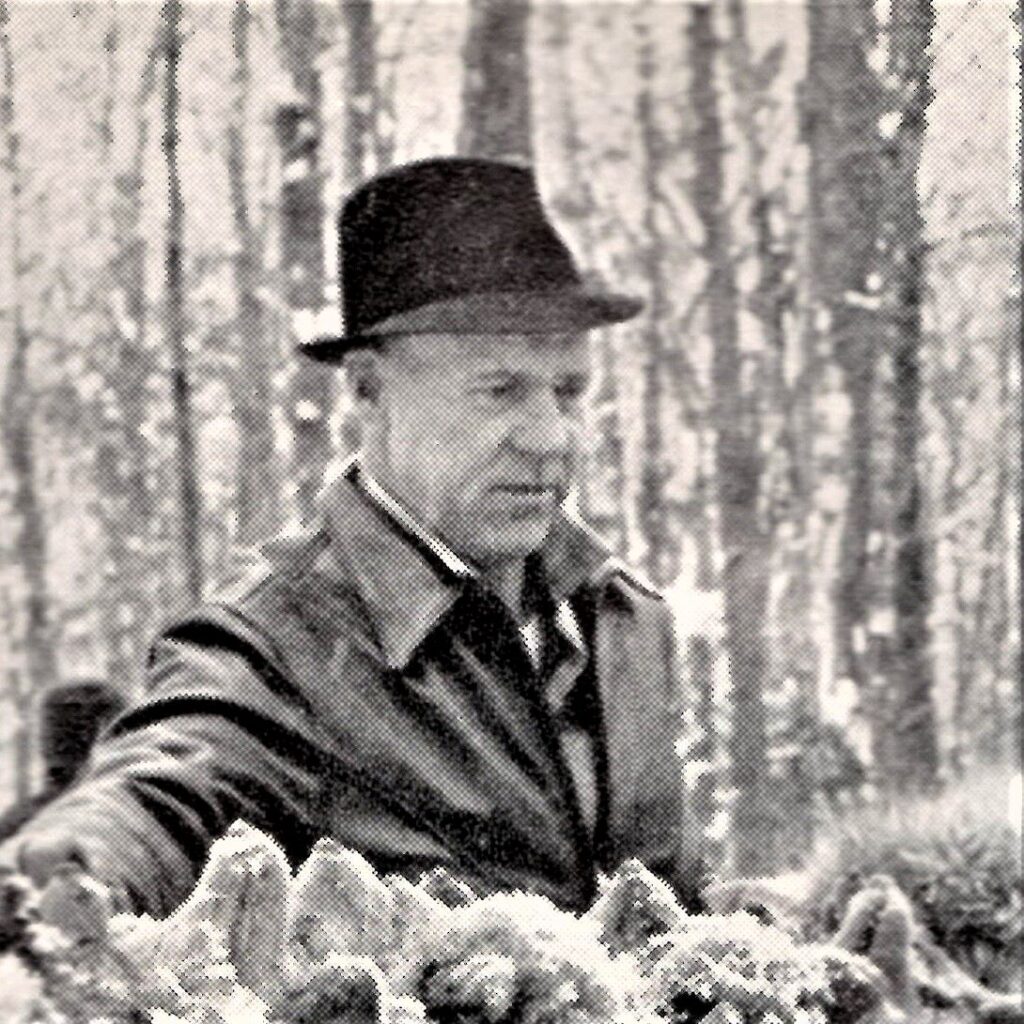
Henry Fromm (b. July 31, 1893, d. July 1978)
Henry Fromm also had an early interest in the creatures of the forest, especially the fox. He often roamed the woods with his older brother John. Henry was the first to come up with the idea of capturing young red fox pups in the woods. He would bring them home and raise them until their fur was maximized in early winter when he would sell their pelts. Like Edward, John and Walter, his dream was to raise the silver fox. Henry only had a 7th grade education.
Henry was dubbed “The Fox Man” and along with John managed the fur producing aspect of The Company. Henry formulated the fox feeding program procuring local horses whose meat was ground for feed. Cereal, eggs, fruits and vegetables were added when available. When the foxes came down with Rickets, Henry realized that foxes in the wild ate the whole animal, including the bones. He immediately began to grind and add the horse bones to the feeding program.
Henry, with his wife Mary Jacob (Mamie), built a home in the center of the fox ranges. There they raised a son and a daughter.
Henry reforested much of the area in and around Hamburg by planting 500,000 trees annually on Fromm properties. When the partnership dissolved in 1963, the 12,000 acres of forest played a major role in the dispersal of monies.
